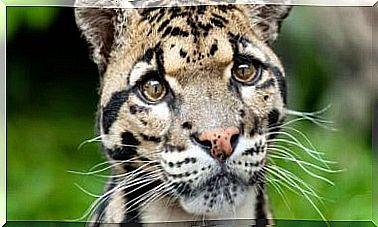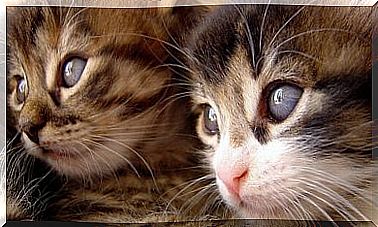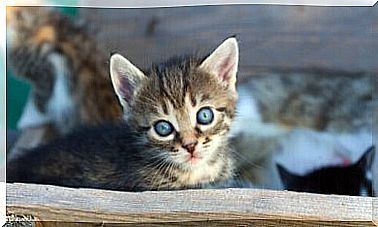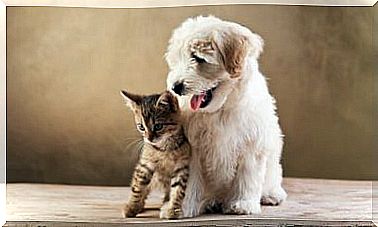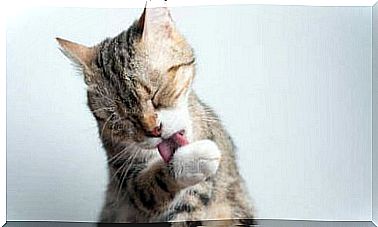Poisonous Plants For Animals: Here They Are
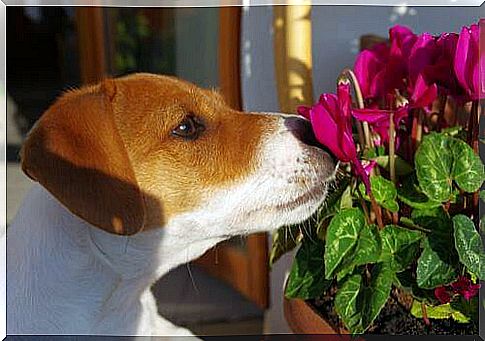
There are incompatibilities between some domestic plants and the presence of animals in the house, especially if they play with them secretly and risk ingesting them. For this, it is useful to know the name of the most poisonous plants for our animals.
Food poisoning is one of the most frequent ailments that veterinarians have to deal with. Often, the owners’ ignorance of poisonous plants can lead them to introduce “the enemy” into the house.
Although cats can also ingest poisonous plants , it is mainly dogs that bite and eat certain plants to alleviate some ailments. However, this tendency can lead them to approach the wrong plant, causing serious injuries in the case of the most poisonous ones.
Let’s find out which are the most poisonous plants for animals.
The most poisonous plants in the home and public environment
- Aloe Vera. In general, plants belonging to the Aloe genus possess a toxic sap recognizable by the yellowish color. Unlike aloe gel, which has healing properties, the lymph can cause irritation on the skin or mucous membranes, gastrointestinal upset or even cardiac arrhythmias.
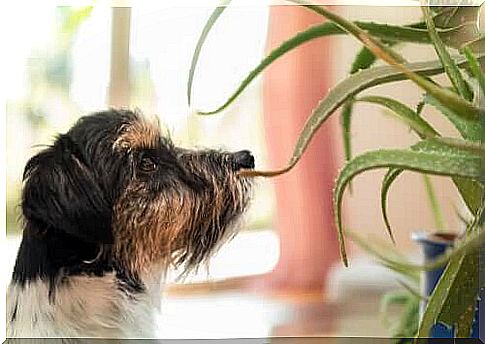
- Anthurium. It is one of the most poisonous plants as it contains calcium oxalate both in the flower and in the stem. Its danger is accentuated by its ability to attract animals, especially cats, to itself. It can lead to facial swelling, paralysis of the tongue, as well as vomiting and general malaise.
- Bulbs of tulips, daffodils or hyacinths. Due to their peculiar morphology, the bulbs arranged in containers with water or even those buried, can be easily bitten and generate gastroenteritis or contact dermatitis. The cause of these diseases are certain toxins, among which licorine and galantamine stand out.
- Calla. Like Anthurium it produces calcium oxalate, especially in flowers, frequently causing digestive system disturbances, as well as swelling of the face and paralysis of the tongue.
- Monstera deliciosa. Very frequent plant in homes and offices and characterized by a high level of toxicity, especially in its large leathery leaves. It causes irritation of the mucous membranes, excessive salivation, itching and swelling in the face.
- Christmas star. It produces a milky substance which, if touched, is capable of generating dermatitis and itching, as well as various gastrointestinal disorders.
- Lily. Virtually all plants and species belonging to the Lilium genus are highly toxic on both leaves and flowers and even in pollen. While they can cause relatively mild gastrointestinal problems in dogs, they pose a real threat to cats. In fact, the same Food and Medicines Agency (FDA) warns about the instant acute renal failure that determines the ingestion of this plant.
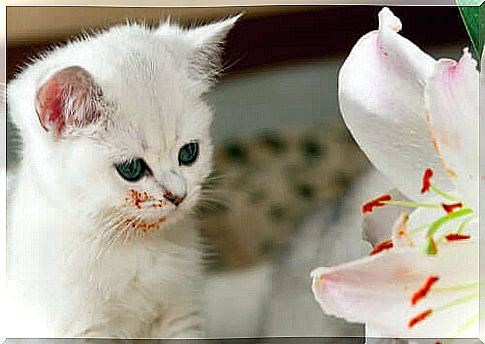
- Ivy. It causes allergic reactions with irritation of the mucous membranes, itching or even respiratory failure, in the most severe cases. The symptoms generated by this type of plants are by no means rare in animals as they are often frequent in parks and gardens.
- Common Morella. This wild plant, recognizable by its small white flowers and berry-like fruits, is known to be neurotoxic in every single part. Among the most common symptoms that arise are vomiting, dilation of the pupils and a general weakness in the animal.
The list of plants dangerous for our pets is practically endless, especially since the toxicity does not depend only on the plant but also on the animal in question.
In general, all latex-secreting plants, which have ornamental flowers or berry-like fruits, not forgetting cacti, are in themselves a synonym for risk. For this reason, the best advice is to inquire before buying any indoor plant and to supervise our animal when we bring it to the park or garden.
